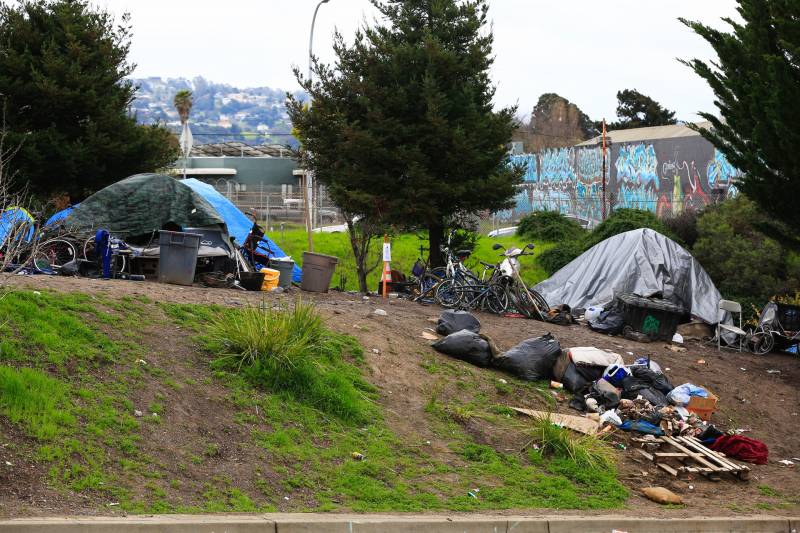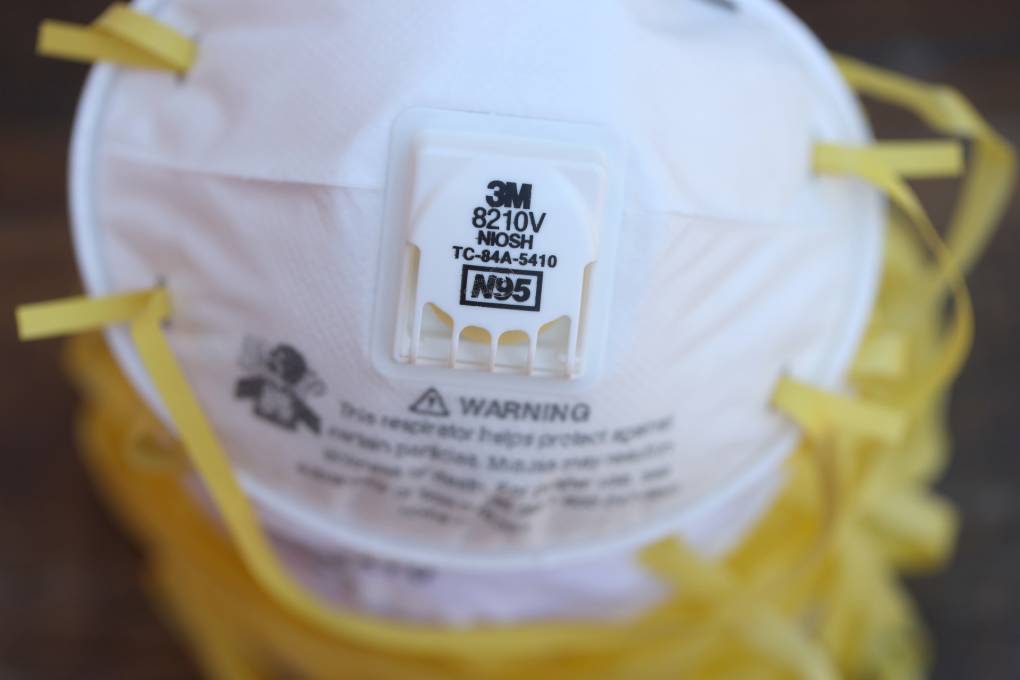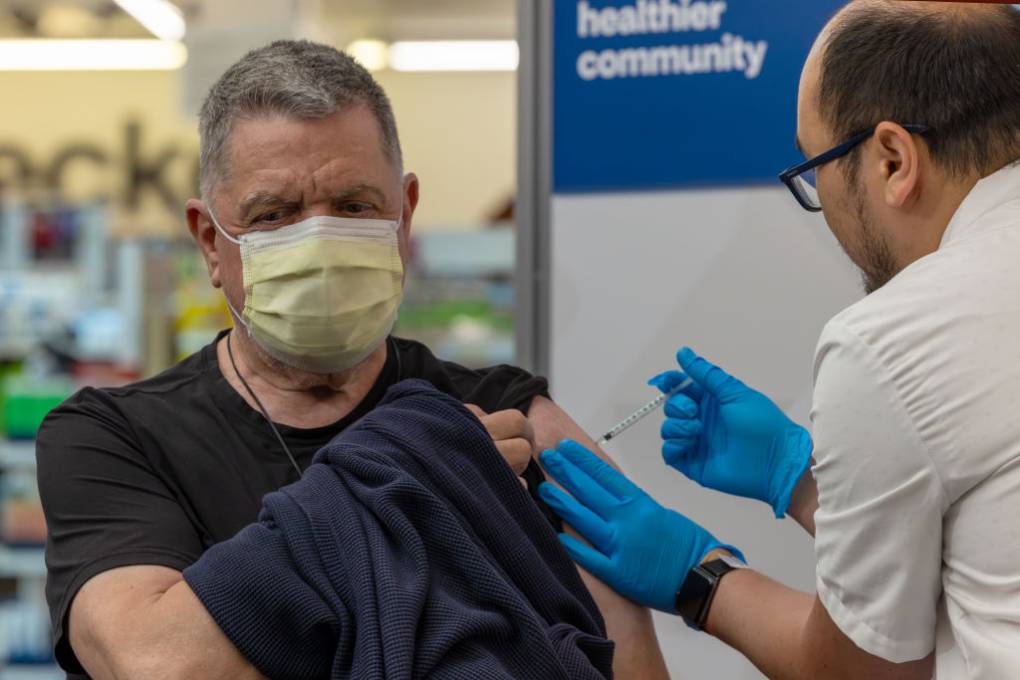Bay Area public health officials and advocates for the homeless are scrambling to figure out how to shield a potential spread of novel coronavirus from reaching some of our most vulnerable populations: people living in shelters, cars or in encampments.
Homeless people are at high risk if they contract the virus, say health professionals, because they often suffer from underlying health conditions, get limited medical care and lack access to running water while sometimes living in close quarters.
“They have all the same health concerns that a general person would have,” said Dr. Danielle Williams, a family physician at Roots Community Health Center. She often treats people living in encampments who have high blood pressure, diabetes, wounds and suppressed immune systems — not to mention insecure shelter.
“They're worried about shelter, food and to have to think about another thing," Williams said. “So keeping hands clean is going to be very difficult.”
California state officials at the Department of Public Health are not currently concerned with a potential spread of the virus to homeless populations, but say they are continuing to monitor the possibility. In a statement, the agency said “persons experiencing homelessness are not likely to have any particular risk for COVID-19 related to international travel or exposure to recent travelers.”
California, which declared a state of emergency Wednesday, is also home to the nation’s largest population of homeless residents. And while there have been no confirmed cases among homeless individuals in the U.S., health officials stress the need to have a plan in place.



